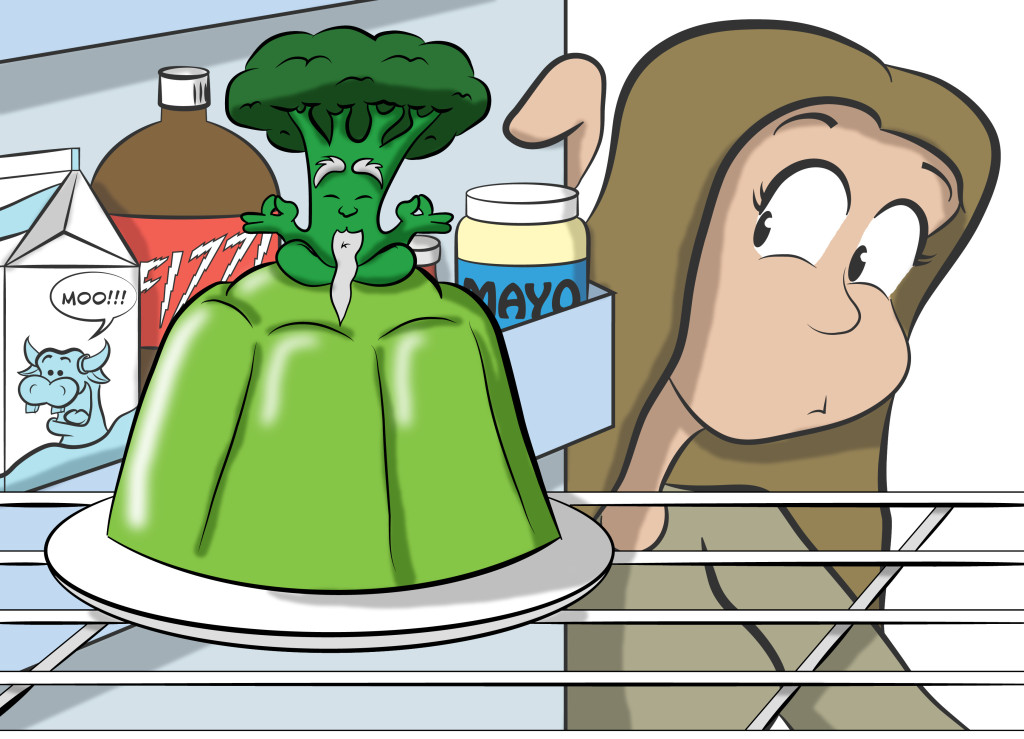Understanding food shelf life to save on your grocery budget
By Sharon Miki, Humour Editor
When I first moved out of my parents’ house, I thought life would be a glamorous romp of independence. Indeed, living alone meant lots of new, thrilling sensations: I began a love affair with fancy food ingredients and not-so-winsome wastefulness. No longer held back by my mother’s grocery rules (“Name-brand cereal is for rich people and television stars!”), I learned to cook.
The only problem—aside from the occasional small kitchen fire—was that cooking adventurously for one inadvertently led to a lot of abandoned leftovers and forgotten ingredients in the trash. Which led to spending way more than I should have on groceries—until I learned how long foods can last and still be both safe to eat and tasty.
The first cardinal rule of not wasting groceries is to shop carefully. If you’re cooking for yourself, buying large quantities of fresh food might seem like a healthy choice; however, if you can’t eat your groceries fast enough and you’re forced to throw them away, then you’re wasting money and food. Consider buying frozen vegetables when you can’t finish fresh produce.
If you buy fresh, it can be a balancing act between staying food safe and avoiding waste. Learn to understand the expiration dates so you don’t throw anything away when it’s still safe to consume or just because you’re unsure of its lifespan.
There is a difference between “sell by,” “best by,” and “expires on” dates on fresh foods. “Sell by” means that stores should sell the product by a certain date, but it can usually still be consumed in your home for days after; “best by” is a date from the manufacturer that implies that the product will be at its best quality (not necessarily that it is unsafe to eat it after that date); “expires on” dates mean that a food is not only of lesser quality, but that it is not safe to consume after the stated date.
Many foods that you buy fresh but can’t finish before their expiration dates can be frozen to extend their lives. If you can usually only eat half a loaf of bread before it starts to mould, pop the other half the in the freezer right away and use the rest for toast for months to come. According to the shelf-life experts at StillTasty.com, other perishable foods that can be frozen to stay fresh include milk (which can last for three months in the freezer), nuts like almonds (which can last for one to two years in the freezer), and butter (which can stay fresh for six months when kept in the freezer).
Still need help planning what to buy, keep, and cook in order to stop wasting groceries? Here are some typical shelf-life timelines for common foods that you might be unsure of (though, of course, always use your best judgment to ensure your own food safety):
- Raw chicken: typically lasts one to two days after purchase when properly refrigerated and stored in its original store packaging
- Fresh broccoli: typically lasts three to five days in the fridge when kept, unwashed, in a plastic bag
- Gin: typically lasts as long as you like, though it might eventually lose some of its flavour. Store in a dark area like a cool cupboard with the lid closed to keep taste as long as possible
- Apples: typically last three to four weeks when stored in the refrigerator
- Yogurt: typically lasts for about one week after the printed date once opened


